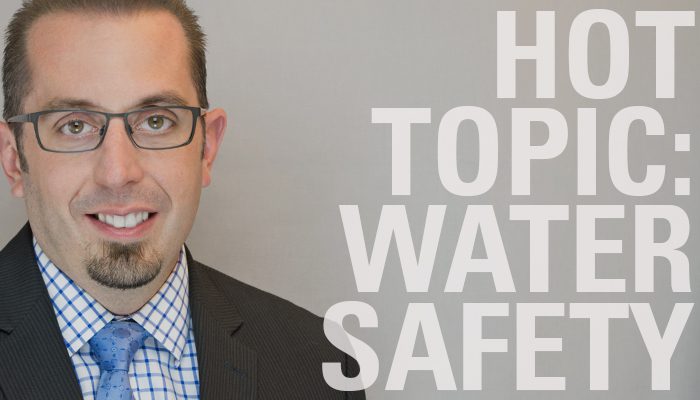The evolution of the modern office needs to accommodate team members meeting in person and online. ESD now Stantec Senior Audio Visual Consultant John Doyle offers an overview of the best technology to consider. (Learn more about the meeting room technology.)
Higher water temperatures reduce dangerous pathogens but risk scalding.
In his recent article, “As Infection Control Increases Building Water Temperature, Scalding Prevention Takes Center Stage,” James Dipping addresses the delicate balance plumbing engineers face when trying to make building water systems safer.
Published in PHCP Pros magazine, Dipping’s piece cites new guidelines by the Centers for Disease Control and Prevention (CDC) and the U.S. Occupational Safety and Health Administration (OSHA), aimed at addressing the world’s heightened focus on infection control. While hotter water can limit waterborne bacteria, it comes with the risk of potentially scalding tenant users.
Dipping explores how the industry’s shift to higher hot water supply and return temperatures will mean a transition from central temperature control applications to point-of-use controls. Finding the right balance and solution is key to safer overall water supplies.
Want to learn more about building water systems? Reach out to James.




